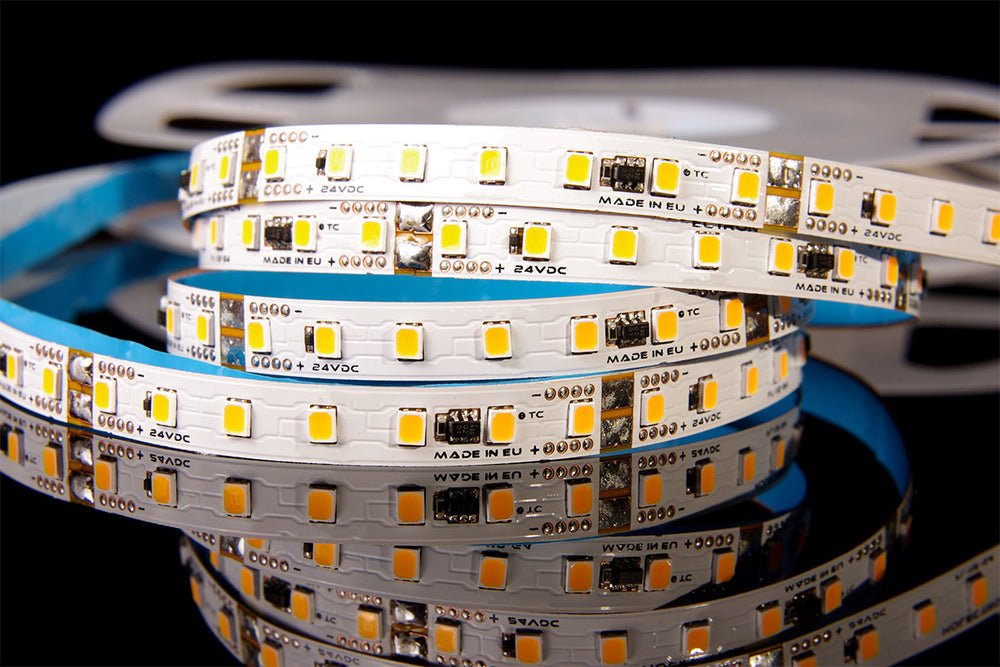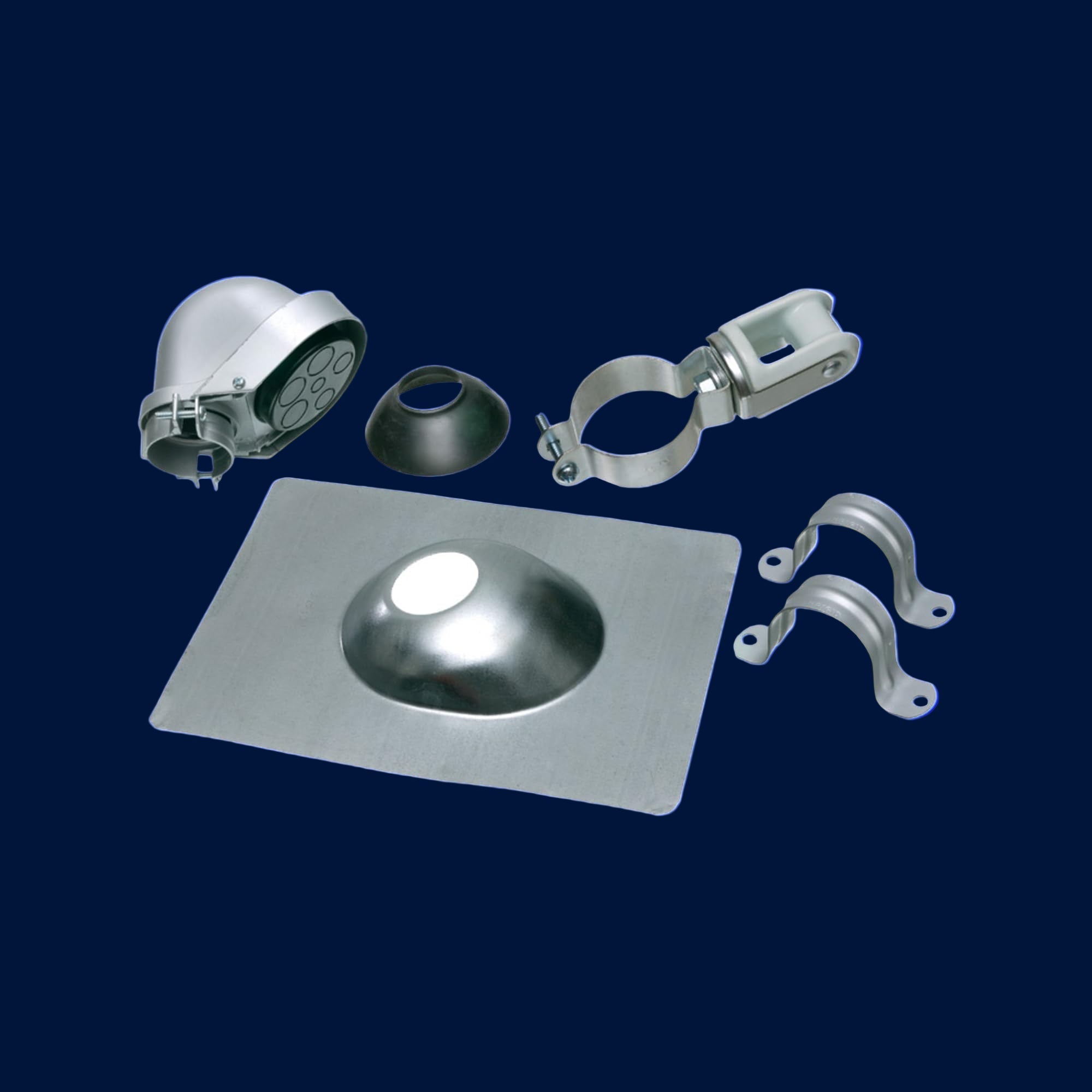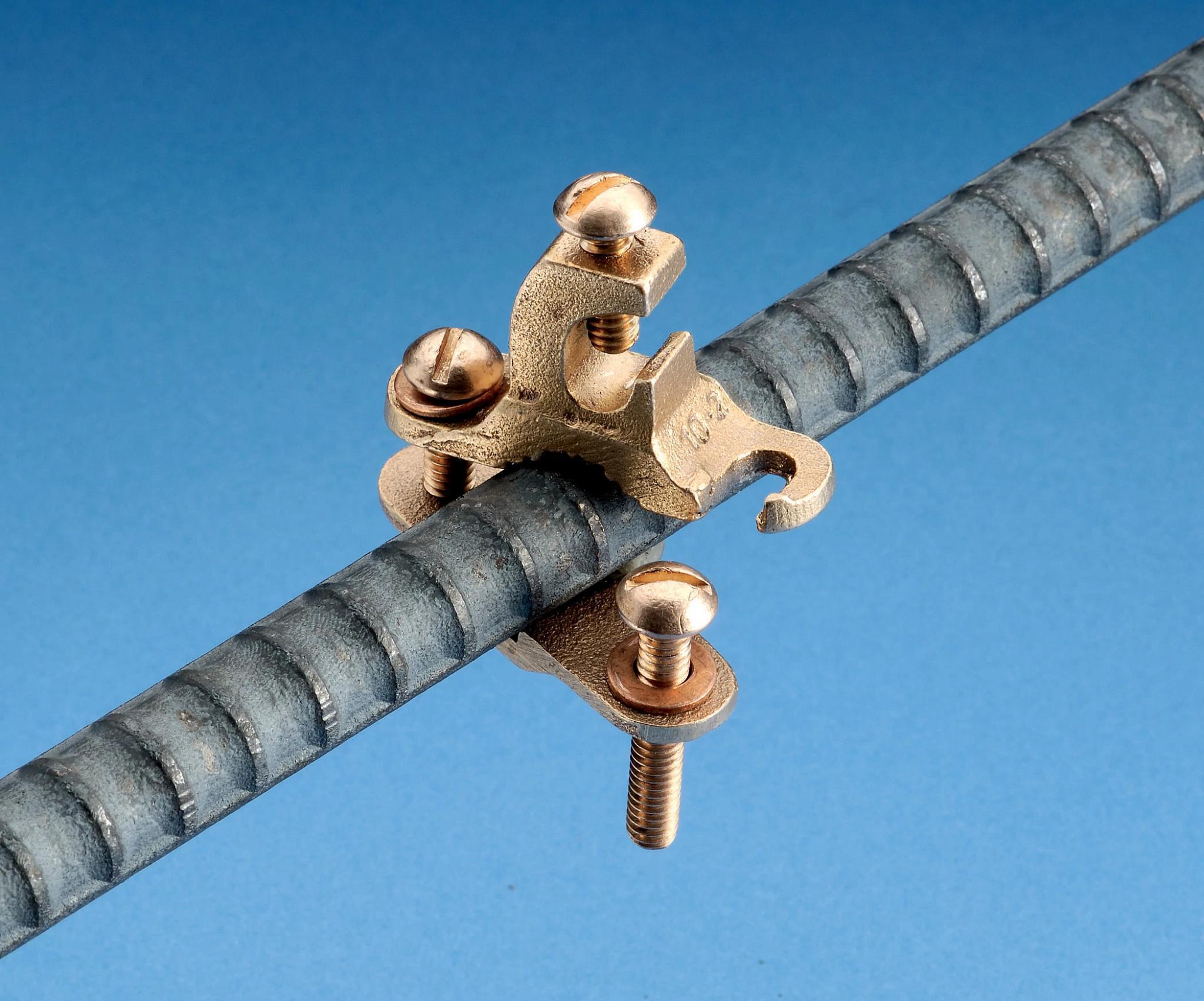LED strip lights have become increasingly popular due to their versatility, energy efficiency, and ability to provide vibrant illumination. These flexible, adhesive-backed strips have found their way into various settings, from homes and offices to retail spaces and entertainment venues. However, as with any technology, LED strip lights can encounter issues that leave users scratching their heads in frustration. If you're wondering: Why won't my LED lights work? You're not alone. In this comprehensive troubleshooting guide, we will look into the common reasons why your LED strip lights might not be working and provide practical solutions to help you get them back up and running.
Check Your Power Supply
The most fundamental step in troubleshooting LED strip light issues is ensuring you have a reliable power supply. Power-related problems are a common culprit when LED lights fail to function correctly.
One of the primary reasons your LED strip lights may not be working is insufficient voltage. LED strips typically require a specific voltage range to operate correctly. Check the voltage rating on your LED strips and make sure your power supply meets or exceeds this requirement. Sonic Electric, a reputable manufacturer of LED strip lights, often provides recommended power supplies to ensure compatibility. Using a power supply with a lower voltage rating can lead to erratic behavior or no illumination at all.
Loose or disconnected wires can disrupt the power flow to your LED strip lights. Inspect all connections, including those at the power supply, controller, and LED strips themselves. If you find any loose wires, reconnect them securely. A snug and proper connection is vital for the electrical continuity required to power your LED strip lights.
Properly troubleshooting your power supply and connections is essential, as they form the foundation upon which your LED strip lights operate. Without a stable power supply and secure connections, your lights will struggle to function correctly.
Inspect the LED Strip
Once you've confirmed the power supply is functioning correctly, it's time to inspect the LED strip itself for any visible issues or damage that might be causing your LED lights to malfunction.
Examine the LED strip closely for any visible damage. Broken or cut LEDs can disrupt the circuit and cause the entire strip to malfunction. If you notice damaged LEDs, we advise replacing the affected section of the strip. Depending on the design of your LED strip, this may involve cutting out the damaged portion and soldering in a replacement or replacing the entire strip if individual LED replacement isn't feasible.
LEDs are polarized components, which means they must be connected in the correct direction to function correctly. Reversing the polarity can lead to LED lights not working. Double-check the polarity of the LED strip and ensure it matches the polarity of the controller and power supply. Our product documentation typically includes information on the correct polarity orientation for our LED strips.
Taking the time to inspect and troubleshoot your LED strip itself is crucial, as it can help identify and address physical damage or incorrect installation that may be impeding its performance.
Assess the Controller
The controller plays a pivotal role in managing the color, brightness, and pattern of your LED strip lights. Problems with the controller can result in non-functioning LED lights.
Ensure that the controller you are using is compatible with your LED strip lights. Sonic Electric offers a range of controllers designed specifically for our LED strips. Using a non-compatible controller can lead to functionality issues, including the inability to change colors or patterns or control the lights at all. Refer to our product listings or consult our customer support for guidance on choosing the right controller for your LED strip lights.
Sometimes, the controller settings may be incorrectly configured, preventing the LED lights from working as expected. Refer to Sonic Electric's user manual for your specific controller model to ensure that your controller is set up correctly for your desired lighting effect. This may involve selecting the appropriate color mode, adjusting brightness levels, or programming dynamic lighting sequences. Taking the time to understand your controller's capabilities and settings can help you unlock the full potential of your LED strip lights.
Troubleshooting the controller is essential, as it enables you to control the behavior and appearance of your LED strip lights. A properly configured controller ensures that you can enjoy the lighting effects you desire.
Evaluate Environmental Factors
Environmental factors can also have a significant impact on the performance of LED strip lights. Understanding how these factors can affect your LED lights is essential for troubleshooting and long-term maintenance.
LED strip lights can generate heat, especially when used for extended periods at high brightness levels. Overheating can lead to color distortion, reduced brightness, or complete failure. To prevent overheating, ensure that your LED strips are installed in a well-ventilated area where heat can dissipate effectively. Avoid placing them in enclosed spaces or in direct contact with flammable materials.
Exposure to moisture and water can be detrimental to LED strip lights. If your LED strips are installed outdoors or in damp environments, make sure they are adequately protected with waterproof casings or silicone coatings. Reputable suppliers will offer waterproof variants of their LED strips for outdoor or wet area installations. Follow their guidelines for waterproofing to ensure the longevity of your LED strip lights in such conditions.
Understanding and addressing environmental factors is crucial for ensuring the long-term functionality and durability of your LED strip lights. By mitigating issues related to overheating and moisture damage, you can extend the lifespan of your lights and prevent premature failures.
Test the Remote Control
If your LED strip lights are equipped with a remote control, it's essential to ensure that the remote is functioning correctly, as issues with the remote can lead to unresponsive LED lights.
Sometimes, non-responsive LED strip lights can be attributed to dead or weak batteries in the remote control. To address this issue, replace the batteries with new ones according to the instruction manual. Typically, the remote control's battery compartment can be accessed by removing a cover or sliding off a panel. Once the batteries are replaced, test the remote control to see if it can effectively communicate with the LED controller.
Signal interference from other electronic devices or physical obstacles between the remote and the controller can hinder communication. If you're experiencing issues with the remote control, try using it closer to the LED controller and ensure there are no obstructions in the signal path. Additionally, consider minimizing the use of other wireless devices operating on the same frequency, as they can interfere with the remote's signals.
Testing the remote control is crucial for ensuring that you can conveniently control your LED strip lights. A properly functioning remote control enhances the user experience and allows you to customize the lighting effects to suit your preferences.
Addressing Power Supply Issues
It's crucial to ensure that your power supply is not overloaded. LED strip lights draw a specific amount of power, and exceeding this limit can lead to power supply failure or unstable performance. Check the wattage rating of your LED strips and verify that your power supply can deliver sufficient power for the entire length of the strip. If your LED strip is too long or if you have multiple strips connected to a single power supply, consider using power amplifiers or additional power sources, as recommended by Sonic Electric.
Not all power supplies are created equal. Using a power supply that isn't compatible with your LED strip lights can lead to issues. Ensure that the voltage output, current rating, and connector type of the power supply match the requirements of your LED strips. Sonic Electric provides detailed specifications for our products, making it easier for you to select the right power supply.
Checking Controller Connectivity
The cables connecting the controller to the LED strip should be inspected for damage or wear. Over time, cables can become frayed or bent, leading to connectivity problems. Carefully examine these cables for any signs of physical damage and replace them if necessary.
The placement of the controller matters. If the controller is located too far from the LED strip or is obstructed by walls or obstacles, it may not communicate effectively. Try relocating the controller to a more central and unobstructed position to ensure reliable signal transmission.
Resolving Environmental Challenges
In environments with extreme temperatures, both hot and cold, LED strip lights can face challenges. Extremely cold temperatures can affect the flexibility and performance of the strip, while high temperatures can accelerate LED degradation. If your LED strip lights are exposed to extreme temperatures, consider using specialized, temperature-resistant LED strips or insulating them to protect against adverse conditions.
Prolonged exposure to direct sunlight and ultraviolet (UV) radiation can cause the colors of LED strip lights to fade over time. If your LED strips are installed in areas with significant UV exposure, consider using UV-resistant coatings or covers to protect them from the sun's harmful effects.
Ensuring Remote Control Functionality
Sometimes, remote controls can malfunction due to poor battery contact. Check the battery compartment for signs of corrosion or loose connections. Clean the battery contacts and ensure they make proper contact with the batteries to restore functionality.
In some cases, the remote control may need to be paired or synchronized with the LED controller. Consult Sonic Electric's user manual for instructions on how to pair the remote control with the controller. This process typically involves pressing specific buttons or sequences to establish a connection.
Troubleshooting non-working LED strip lights can be a systematic process that involves checking the power supply, inspecting the LED strip for damage, evaluating the controller, considering environmental factors, and testing the remote control. By following these steps and referring to Sonic Electric's product guidelines and documentation, you can identify and resolve the issues causing your LED strip lights not to work as expected.
Remember that safety should always be a top priority when working with electrical components. If you are unsure about any aspect of troubleshooting or if your LED strip lights are still not functioning correctly after following these steps, it is advisable to seek professional assistance or contact Sonic Electric's customer support for further guidance.
Enjoy the vibrant illumination and ambiance that LED strip lights provide by addressing these common problems effectively. With the right troubleshooting approach and proper maintenance, you can ensure that your LED strip lights continue to enhance your space with their stunning lighting effects for years to come. Properly functioning LED strip lights can transform your environment, whether you use them for accent lighting, creating a cozy atmosphere, or adding a touch of creativity to your space.
Remember that troubleshooting your LED strip lights can be a rewarding experience, as it allows you to gain a deeper understanding of their operation and functionality. With the knowledge gained from this troubleshooting guide, you can confidently address any issues that may arise, ensuring that your LED strip lights consistently deliver the lighting effects you desire.
Troubleshooting is an essential skill for anyone who owns LED strip lights, as it empowers you to maintain and optimize your lighting investment. By following the steps outlined in this guide and relying on the expertise and guidance provided by Sonic Electric, you can enjoy the full potential of your LED strip lights while overcoming any challenges that may arise.
So, the next time you find yourself asking: Why won't my LED lights work? Remember that you have the knowledge and tools to diagnose and resolve the issue. Whether it's a power supply problem, a damaged LED strip, controller issues, environmental factors, or a simple battery replacement in your remote control, you can tackle the problem with confidence and continue enjoying the stunning illumination that LED strip lights offer. Troubleshooting is a valuable skill that ensures your LED strip lights remain a vibrant and integral part of your lighting setup, enhancing your surroundings and creating the ambiance you desire.







Share:
Fuses Vs. Circuit Breakers: Know The Differences
Unveiling the Versatility of Westgate's Commercial Recessed Lights